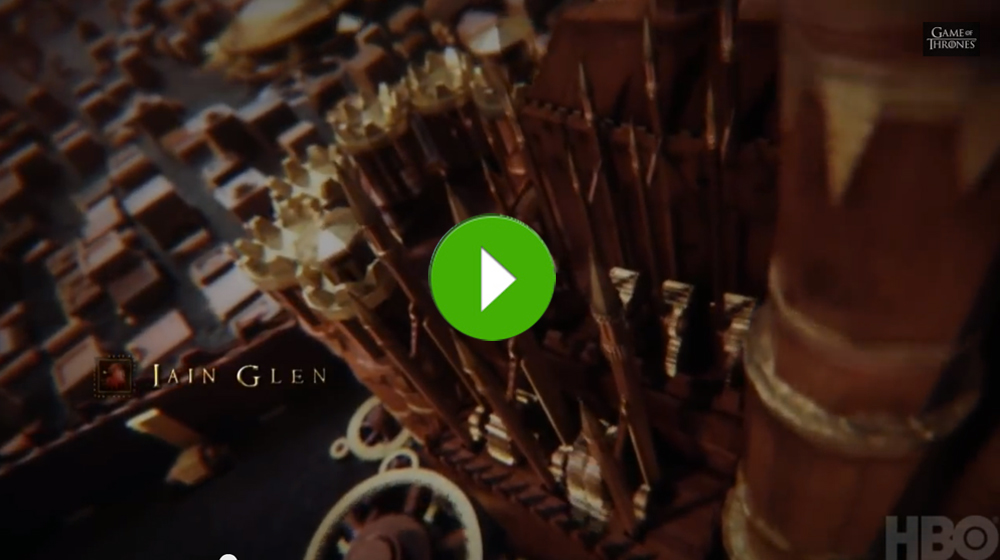THE ROAD TO SEMA 2014
PART THREE
PROTOTYPE
In the Inspiration phase we traveled thousands of miles in search of relevant new product ideas; we learned Jeep enthusiasts wanted to see SpeedHook™ built into a bumper. Well, if you’re going to do a front bumper, you want to do a rear bumper; and maybe side doors. What would they look like?
In the Design phase, we gathered to explore the possibilities. Management, engineering and design teams met to discuss the essentials; then the designers were set free to create individually. You might expect independent thought would lead to creative chaos; but it was just the opposite. When they returned to present their designs, the choices were unanimous. Now we had to give them shape.
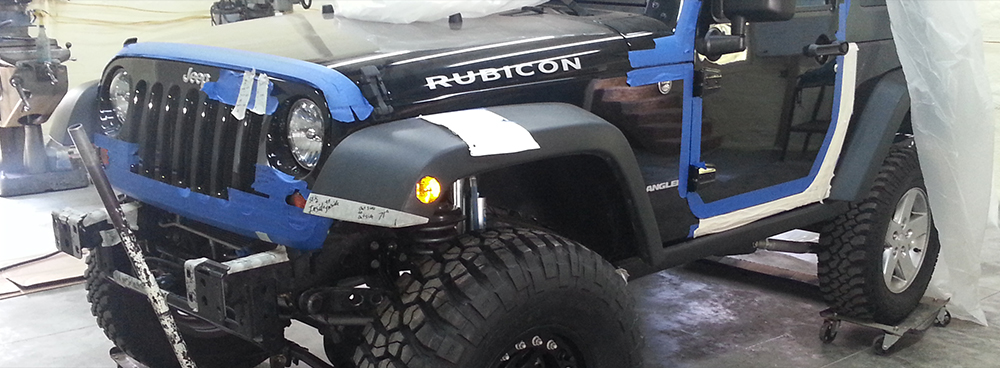
CHALLENGES
One challenge of the Prototype phase was in staying true to approved designs. David Halpin of M3D has brought hundreds of products to market; developing products is his life’s mission. He’s done it for Chrysler, Ford, ITT, toy and security industries. “The key takeaway in all my years in manufacturing is you can bring a product to market on budget, on time and perfect in all regards; but nobody will buy it. That’s when you realize, if it’s not a big idea, if it’s not a cool design, there’s no point doing it for any amount of money.”
We had the cool design. Our next challenge was getting these products in front of our audience in time for SEMA. The first decision here was…
‘Works like’ vs. ‘looks like’
What type of prototype would we take to SEMA? At this point we had to choose between works like and looks like. Stanford.edu describes the two strategies this way. “A common strategy in product development is to create separate models that LOOK like the final product (with little to no intended functionality) and that WORK like the final product (bearing little-to-no resemblance to the intended final product).
Separating a prototype’s look and function can free you to be more creative in your exploration. When you’re not concerned with feasibility, you can push yourself further. When you’ve gotten to your ideal looks like and works like models, bridging the two becomes the challenge — but this process is far more streamlined than trying to make everything fit together right from the start.”
Why would we go for a works like prototype with “little to no resemblance to the intended product”? Design is what’s cool about these products! The functionality is built in. We’d spent the better part of a year mining for feedback; why would we push works like before finding out what our audience likes?
Robert Gruschow, President of Deshler Group (the family of companies that includes Amanda Products and Amanda Manufacturing) chose to go with a looks like prototype. Halpin said “This was an interesting turn of events. At this point we were thinking hand crafted, hand fabricated by a metal fabricator – or literally modeled by a clay modeler; not a fully engineered product. If we were going to go from pictures to parts, we’d need artisans and fabricators; as if we were making a piece of sculpture.” That meant we’d need specialized talent to get the job done.
ENTER TOM NEMETH
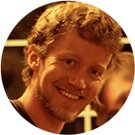
Tom Nemeth
Tom Nemeth, Digital Artist and 3D Modeler was our crucial first link. He grew up in Norway where “I used to build guns and cars out of cardboard and tape.” He didn’t play with clay until he went to school and discovered it offers “a lot more possibility.”
He has worked on theme park ride films, game cinematics, feature vfx, NFL Fox, the Girl With the Dragon Tattoo title sequence, Amazing Spiderman 1 and 2.
If you have HBO, you may recognize his work:
GAME OF THRONES
In 2011 Tom was one of seven CG artists to receive an Emmy for “Outstanding Main Title Design” for Game of Thrones. “We were responsible for making the introduction to the series. I had no idea what it was when working on it. Had no idea how big it was going to be, it’s huge.”
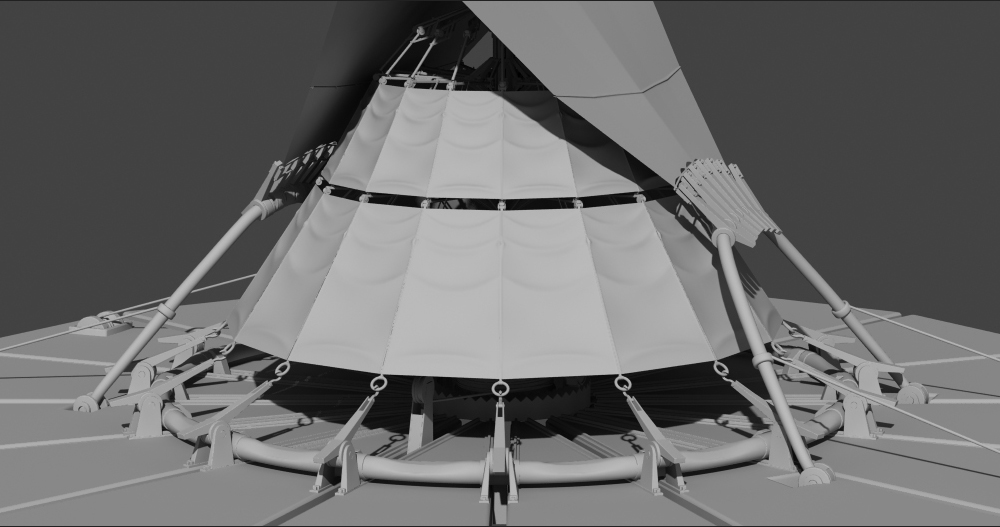
Nemeth’s role in Amanda Products product development
They don’t have cars in Game of Thrones, so this was Tom’s chance to see his work on – and off – local roadways. He said “I was given rough concepts of the bumpers and door at first. Then I just take that and sculpt it out in ZBrush. I tried to get as close to my interpretation of the drawing, then down to more fine-tuned drawings.”
Binkowski added, “All of our products went through Tom. He was positioned solidly between the concept drawings we’d all agreed upon and the hard reality of Nick’s team working on the vehicle. We were depending on him to stay as true to the designs as possible.”
Midwest/West Coast collaboration in real time

Nick Stephey
Nick Stephey acted as Project Engineer during the prototyping phase; he would see to it that Deshler President Robert Gruschow’s criteria were met. “I was the person IN PERSON overseeing the project. We used nine local guys for everything. It got down to doing things by hand. They did exactly what they were asked and it turned out really nice.” Stephey performed quite a few roles personally, from doing some of the fabrication to finding suppliers for laser and painting.
Tom worked closely with Nick to get information on fit and available space; he was working on doors and mirrors while Nick’s group built the fender pieces of the bumpers, the end caps of both bumpers, the main structures of the doors and two mirrors.

As Nick and his team fabricated main chunks of the bumpers, they sent Tom the key measurements needed to modify the models. Once modifications were complete, Tom and Matt reviewed them with Dave and Nick.

Binkowski explained “It was important that we were all on the same page. At this point in the process we [Matt, Nick, Dave and Tom] were measuring and sending every day. We made adjustments on the fly, on GoToMeeting calls while looking at Tom’s screen. He was able to change the model in real time because it was a looks like part. He could make it wider, pull it forward, turn it – show the top view. It was an interesting collaboration – Nick in Ohio making changes, Dave and I coordinating and Tom in Los Angeles working on this virtual thing, being able to talk about it.”
Time zones be damned, the teams worked together through mornings, afternoons, evenings and weekends; from Robert, President of Deshler Group in the Detroit area and Nick’s team at Amanda Manufacturing in Ohio to M3D design and engineering in San Francisco to Tom’s 3D modeling outside of L.A.
It was a circular process all the way to the end – the doors, how they fit, their size – the mirrors, how big they’d be. Emails flew back and forth, photos were sent. Binkowski explained “GoToMeeting allowed us to meet, share photos and screens and review face to face. In some cases Tom made modifications live; one adjustment could affect many elements.”
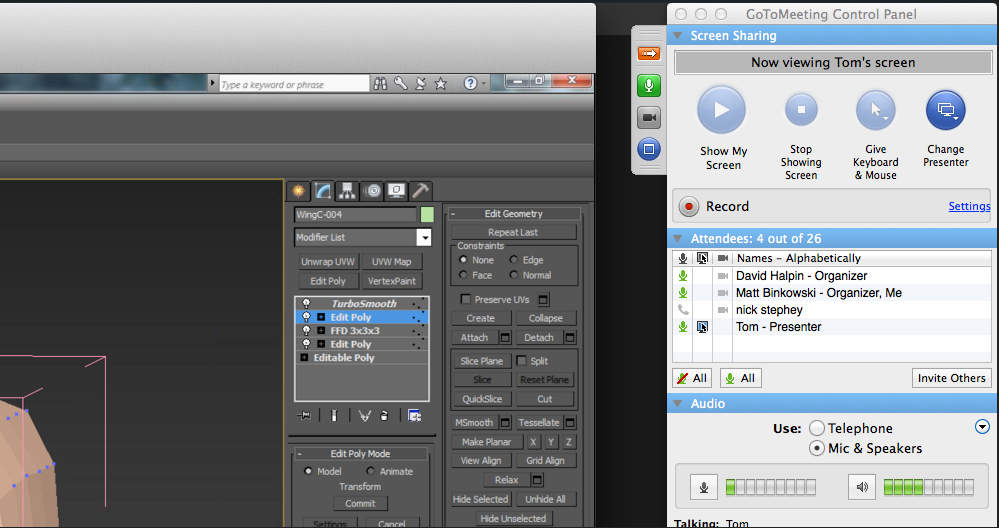
The location of the frame rails determined how wide the bumper’s center section would be, where SpeedHook™ would mount, the placement of the lights and the size/shape of the end caps. The fabrication would be done by someone we knew and trusted – Marty at Merillat Racing. However, the shapes of our bumper end caps and mirrors could NOT be achieved by bending and welding flat pieces of metal.
![Amanda Products [USA] Logo](https://www.amandaproducts.com/wp-content/uploads/2017/04/aplogo_nonretina.png)
